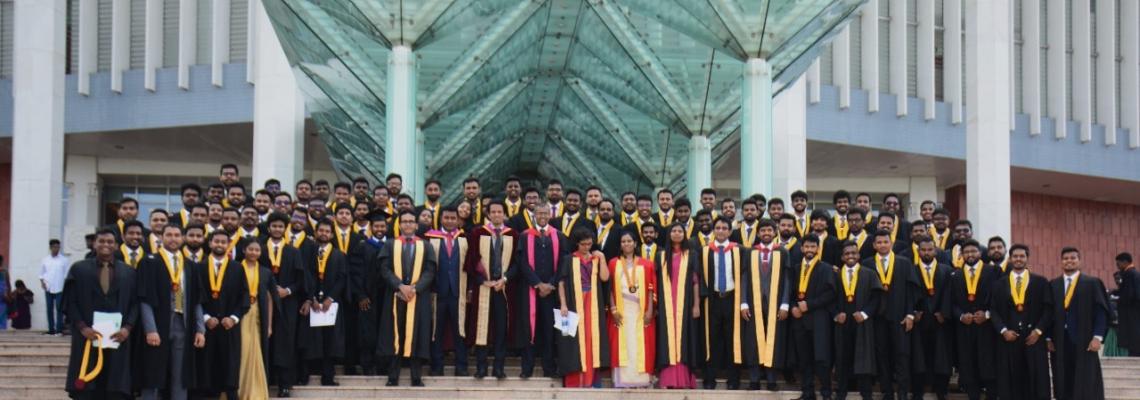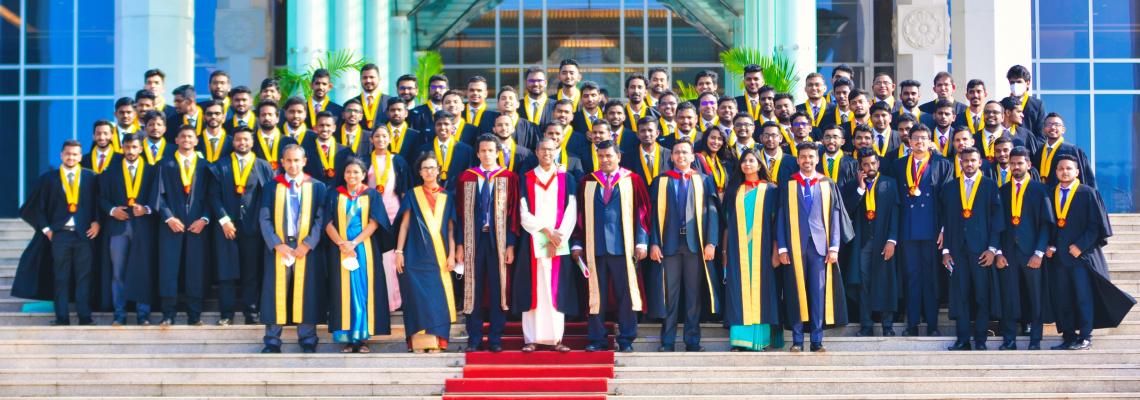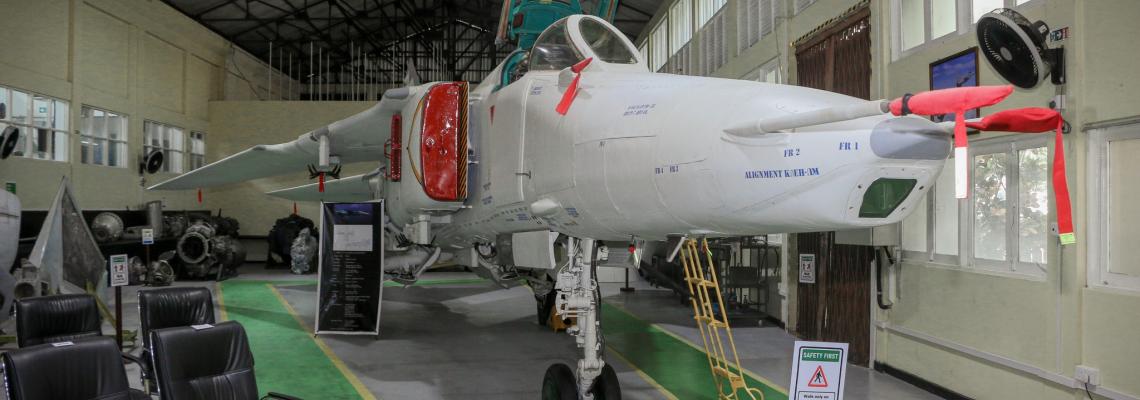 Exoskeleton robot is kind of a man-machine combination in which the intelligence largely depends on human. The limitations in Artificial Intelligence (AI) can be overcome in these systems. It combines the human intelligence and the machine power so that the combined system enhances the intelligence of the machine and also the power of the human operator. As a result, the human operator can achieve what is not capable himself. Exoskeleton robots are used for power augmentation, motion assist, rehabilitation or virtual reality applications. In each of these application domains, the particular robots inherit unique qualities in their mechanical design, controlling and interfacing methods. These qualities depend on the end application of the robot. These exoskeleton robots are designed as upper limb exoskeletons, lower limb exoskeleton or as full body exoskeletons. At the Department of Mechanical Engineering, University of Moratuwa a research is carried out to develop a 4 Degrees of freedom lower extremity wearable exoskeleton robot for motion assist for elderly and physically weak people. During the study it is expected to develop of a structural design for the robot as a standalone system and to incorporate safety features in both mechanical design and in control system ensuring the safety of the user and equipment. In addition a method to extract and use walking patterns to control the motions and to minimize the discrepancy between natural and generated motions is to be developed.
Exoskeleton robot is kind of a man-machine combination in which the intelligence largely depends on human. The limitations in Artificial Intelligence (AI) can be overcome in these systems. It combines the human intelligence and the machine power so that the combined system enhances the intelligence of the machine and also the power of the human operator. As a result, the human operator can achieve what is not capable himself. Exoskeleton robots are used for power augmentation, motion assist, rehabilitation or virtual reality applications. In each of these application domains, the particular robots inherit unique qualities in their mechanical design, controlling and interfacing methods. These qualities depend on the end application of the robot. These exoskeleton robots are designed as upper limb exoskeletons, lower limb exoskeleton or as full body exoskeletons. At the Department of Mechanical Engineering, University of Moratuwa a research is carried out to develop a 4 Degrees of freedom lower extremity wearable exoskeleton robot for motion assist for elderly and physically weak people. During the study it is expected to develop of a structural design for the robot as a standalone system and to incorporate safety features in both mechanical design and in control system ensuring the safety of the user and equipment. In addition a method to extract and use walking patterns to control the motions and to minimize the discrepancy between natural and generated motions is to be developed.








